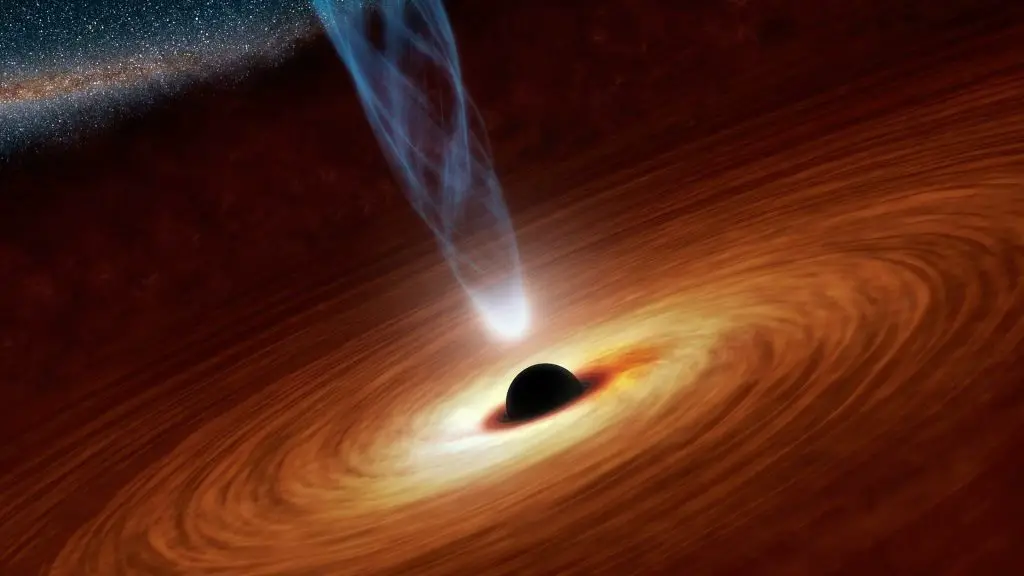Scientists and Engineers that designed NASA’s James Webb Space Telescope never intended to search for small objects in our solar system. However, Scientists recently deployed the Mid-Infrared Instrument of the sophisticated space telescope to detect an extremely small asteroid. The discovered asteroid is approximately the size of Rome’s Colosseum which is about 300 to 650 feet (100 to 200 meters) in length. How did Scientists detect this asteroid despite its small size? Continue reading to find out.
How Scientists detected the extremely small main belt asteroid using NASA’s James Webb Space Telescope
Since the launch of NASA’s James Webb Space Telescope in 2021, Scientists have made several scientific discoveries using the most powerful observatory of our time. An International team of European astronomers recently used the Webb Telescope to discover an extremely small asteroid.
The researchers obtained their data from the calibration of the Mid-InfraRed Instrument (MIRI). Based on the provided data, the team spotted an interloping asteroid which they believed to be the smallest observed object by the Webb to date. The scientists suggested that the small object may belong to the category of objects measuring under 0.6 miles (1 kilometer) in length that exist within the main asteroid belt.
Keep in mind that the main asteroid belt is a region located between Mars and Jupiter. Scientists are still hoping more scientific observation will be required to learn more about this object’s properties and nature of existence.
“We – completely unexpectedly – detected a small asteroid in publicly available MIRI calibration observations,” said Thomas Müller, an astronomer at the Max Planck Institute for Extraterrestrial Physics in Germany. “The measurements are some of the first MIRI measurements targeting the ecliptic plane, and our work suggests that many new objects will be detected with this instrument.”
Webb’s observations often published in the journal Astronomy and Astrophysics were not meant to search for a new asteroid. Scientists made these publications as calibration images of the main-belt asteroid (10920) 1998 BC1, which was first discovered by astronomers in 1998. The researchers conducted the observations to test the performance of some unique filters of MIRI.
However, the calibration team considered these test experiments as a failure due to some technical reasons which occurred because of the brightness of the target and an offset telescope pointing in the right direction. But the technical failure did not stop the team from obtaining data on asteroid 10920 which they used to implement and test a new strategy of constraining an object’s orbit and estimating its size.
The scientists combined the data obtained from MIRI observations, with ESA’s Gaia Mission and ground-based telescopes to validate the method which was demonstrated for asteroid 10920. However, when analyzing MIRI data, the researchers discovered a smaller interloper in the same field of view.
Based on further observation, the team suggested that the object is estimated to measure between 100-200 meters and occupies a very-low inclination orbit. The data also revealed that the small object is located within the inner main-belt region as when Webb conducted the observations.
“Our results show that even ‘failed’ Webb observations can be scientifically useful if you have the right mindset and a little bit of luck,” elaborated Müller. “Our detection lies in the main asteroid belt, but Webb’s incredible sensitivity made it possible to see this roughly 100-meter object at a distance of more than 100 million kilometers.”
What This New Discovery meant for humans
The Asteroid belt located between Mars and Jupiter is one of the most fascinating regions of the solar system. The discovery of this small asteroid has proven that we still have a lot to uncover in the main belt region. It will also help scientists in learning more about the formation and evolution of the solar system.
“Current models predict the occurrence of asteroids down to very small sizes, but small asteroids have been studied in less detail than their larger counterparts owing to the difficulty of observing these objects,” NASA wrote in an update. “Future dedicated Webb observations will allow astronomers to study asteroids smaller than 1 kilometer in size.”
The team of scientists that made this discovery believes that short MIRI observations within the solar systems will always include a few asteroids which are yet to be discovered by humans.
Scientists still have to obtain more position data relative to the background stars to verify that the object discovered is a newly spotted asteroid.
“This is a fantastic result which highlights the capabilities of MIRI to serendipitously detect a previously undetectable size of asteroid in the main belt,” concluded Bryan Holler, Webb support scientist at the Space Telescope Science Institute in Baltimore, Maryland. “Repeats of these observations are in the process of being scheduled, and we are fully expecting new asteroid interlopers in those images.”
Conclusion
Making fascinating discoveries like this often improve our astronomical knowledge of the Cosmos. However, scientists still hope to conduct more studies to confirm the newly discovered asteroid. What do you think about the newly discovered asteroid?




